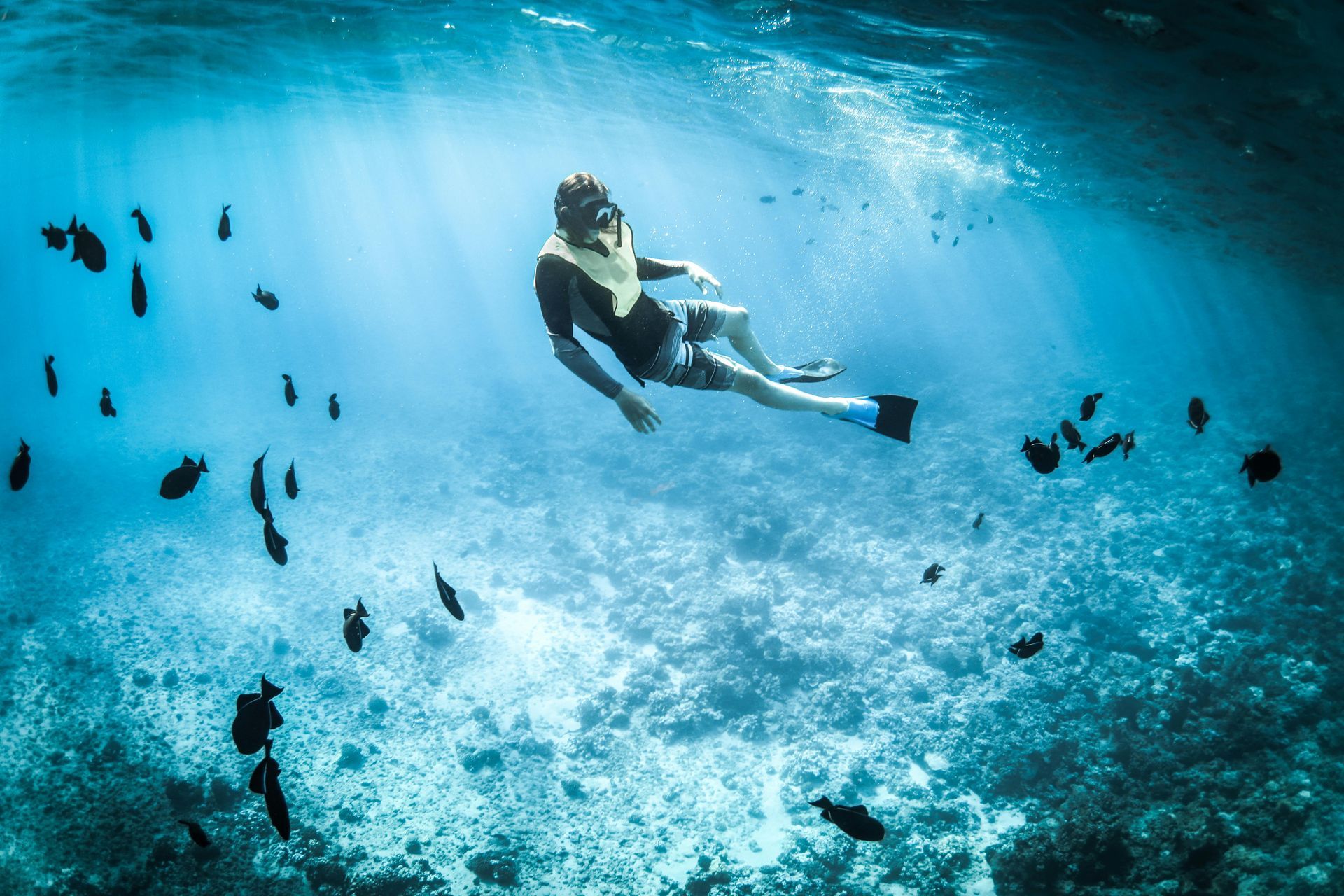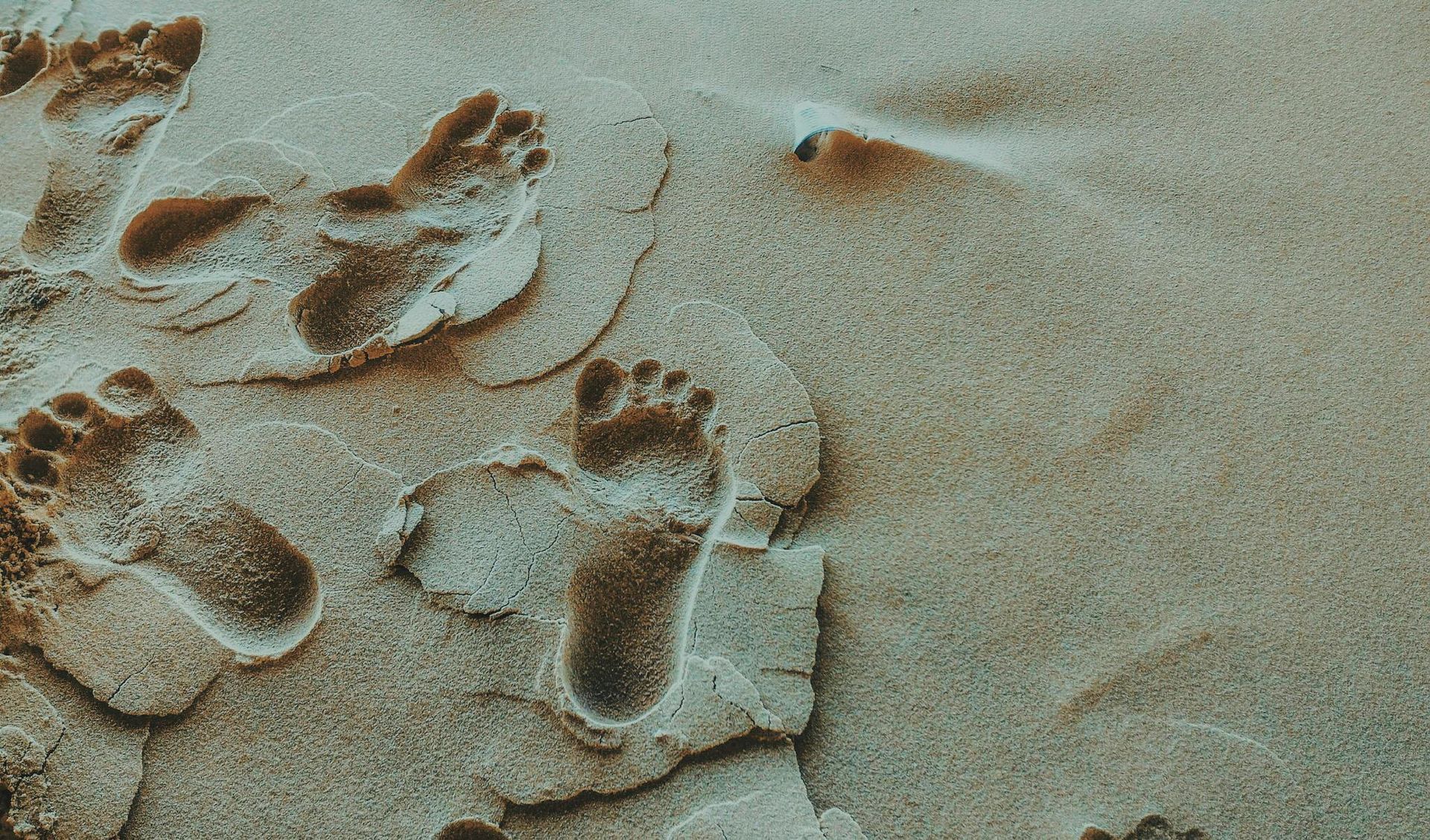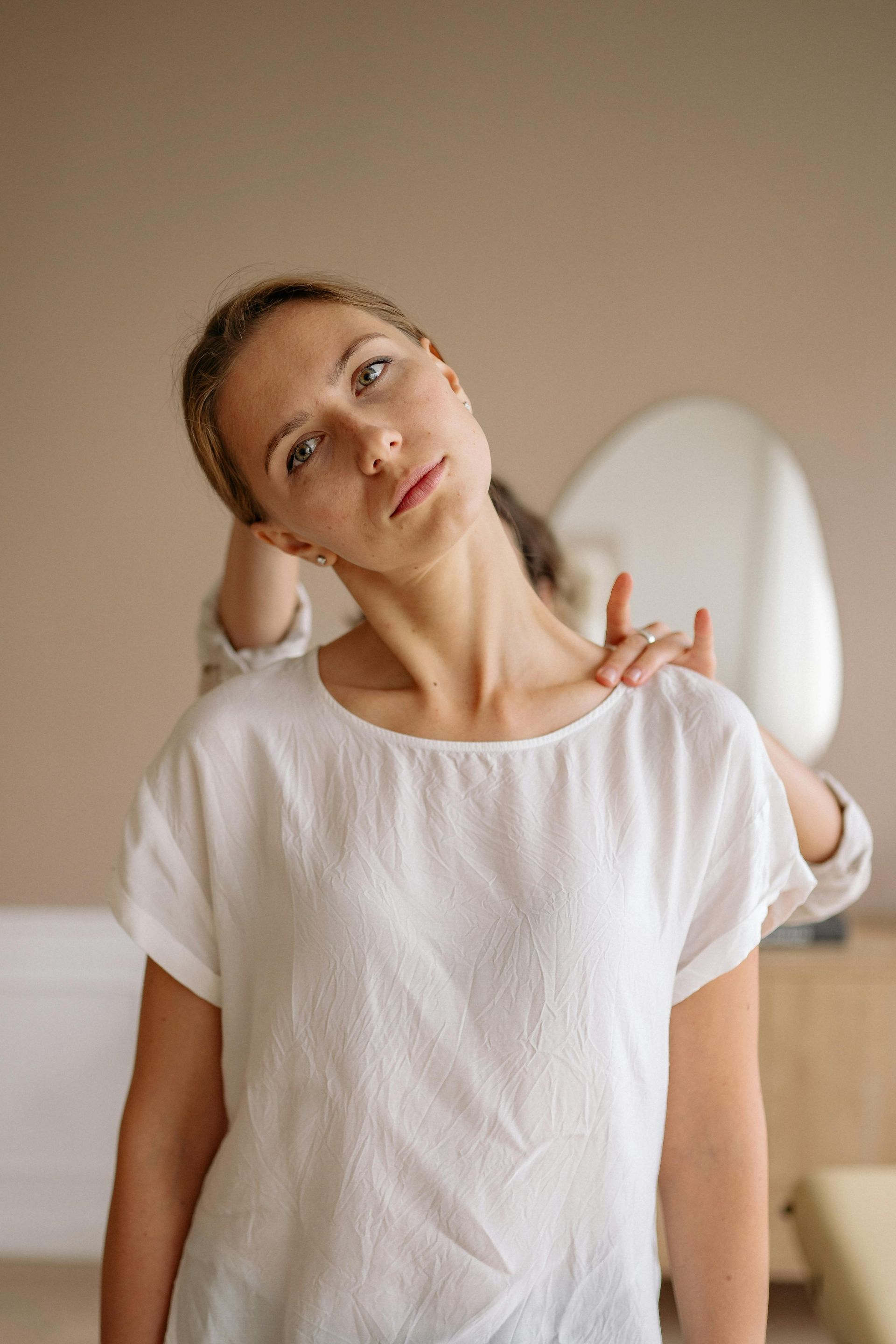Massage for Surfers and Water Sports Lovers
Whether you’re catching waves, cruising on a SUP, or diving into ocean adventures, water sports demand a lot from your body. Surfing and similar activities engage nearly every muscle group—from your shoulders and core to your glutes and ankles. They also require agility, balance, endurance, and mental focus.
With that physical demand comes tension, fatigue, and the risk of overuse injuries. Massage therapy is a powerful tool to keep your body fluid, strong, and pain-free so you can stay in the water longer—and recover faster.
Common Pain Patterns in Water Athletes
Water sports involve repetitive movements and constant engagement of stabilizing muscles. Here are some common areas that need attention:
- Neck & Shoulders: paddling and swimming causes tight traps, rhomboids, and rotator cuff strain
- Lower Back: arching on the board compresses lumbar muscles
- Hips & Glutes: popping up, squatting, and maintaining balance works these key stabilizers
- Forearms & Wrists: gripping and paddling can lead to strain and tension in the forearm flexors
- Feet & Ankles: wave riding and balance require foot control and ankle strength
How Massage Helps Surfers & Water Athletes
Massage supports the body before, during, and after water activities in multiple ways:
Improves Muscle Recovery
Massage boosts circulation and lymph flow, helping flush out lactic acid and bring oxygen and nutrients to tired tissues. This speeds up healing and reduces post-activity soreness.
Increases Flexibility & Range of Motion
Tight shoulders, hips, and backs limit your movement on the board. Massage lengthens and softens muscles and fascia, allowing better twists, turns, and pop-ups.
Releases Chronic Tension
Repetitive paddling and balancing can cause wear and tear on your joints and muscle imbalances. Targeted massage addresses knots, adhesions, and muscular compensation patterns.
Supports Relaxation and Mental Focus
Massage helps regulate your nervous system, reduce stress, and enhance mind-body connection for smoother sessions in the water.
Massage Before vs. After Water Sports: What’s the Difference?

Before Getting in the Water: A shorter, lighter session (30–45 minutes) to warm up muscles, improve circulation, and prep the body for movement.
After Your Activity: A longer, more restorative session (60–90 minutes) focused on deep tissue release, recovery, and alignment.
Pro Tip: Add massage to your weekly or monthly routine, not just after injury or exhaustion. Consistent bodywork supports longevity in your sport.
Feel Better, Move Better, Surf Longer
Water sports are as rewarding as they are demanding. Whether you’re a seasoned surfer or a weekend paddle boarder, you'll want your body to feel energized and ready to go.
Massage therapy keeps your muscles supple, your joints mobile, and your nervous system balanced—so you can keep doing what you love with less pain and more joy.
Ready to ride the wave of recovery? Book a session and give your body the same care and dedication you bring to the water.
On the Blog



